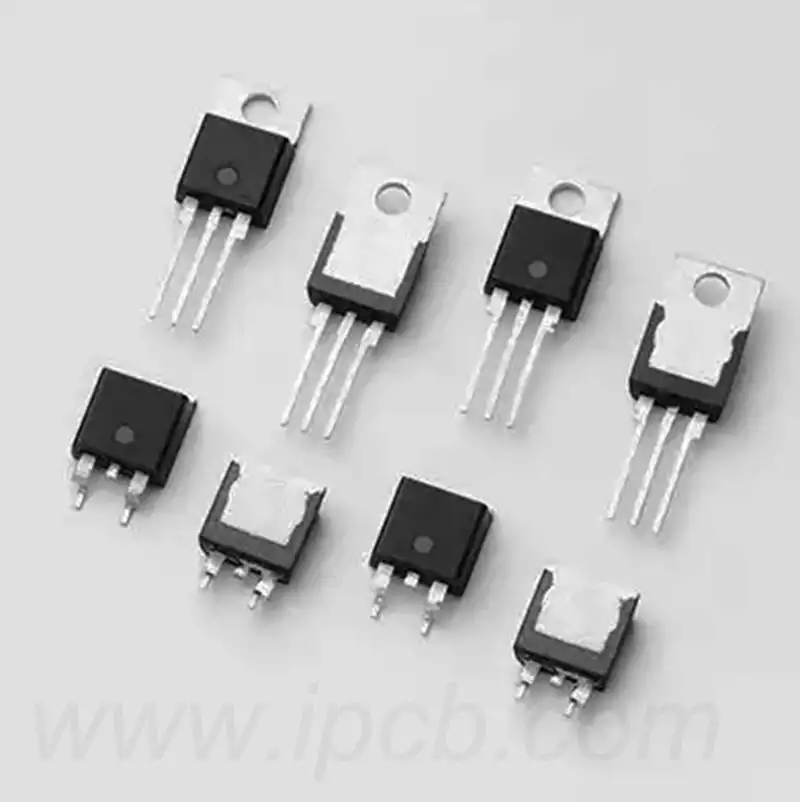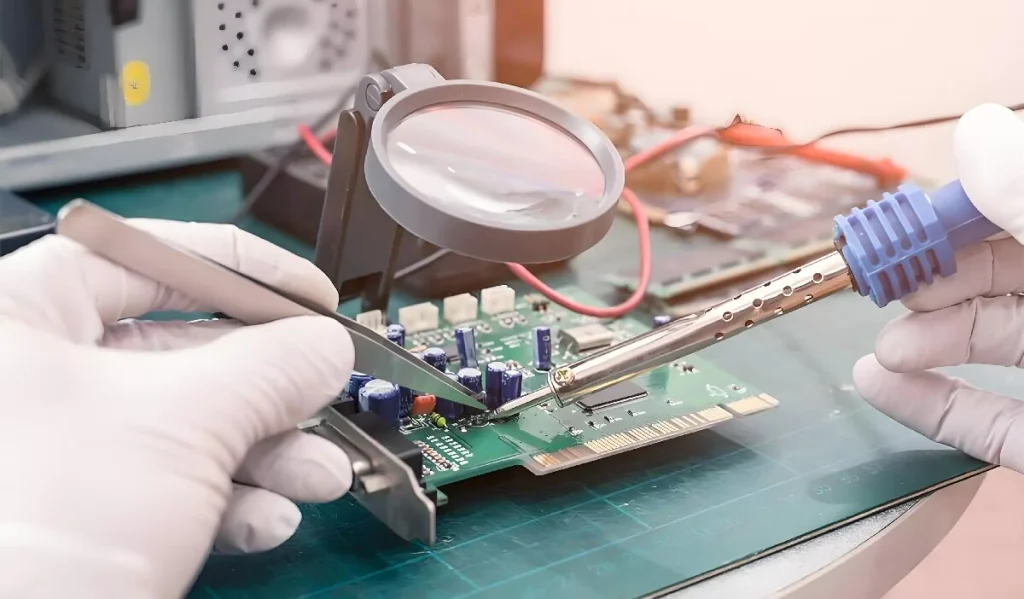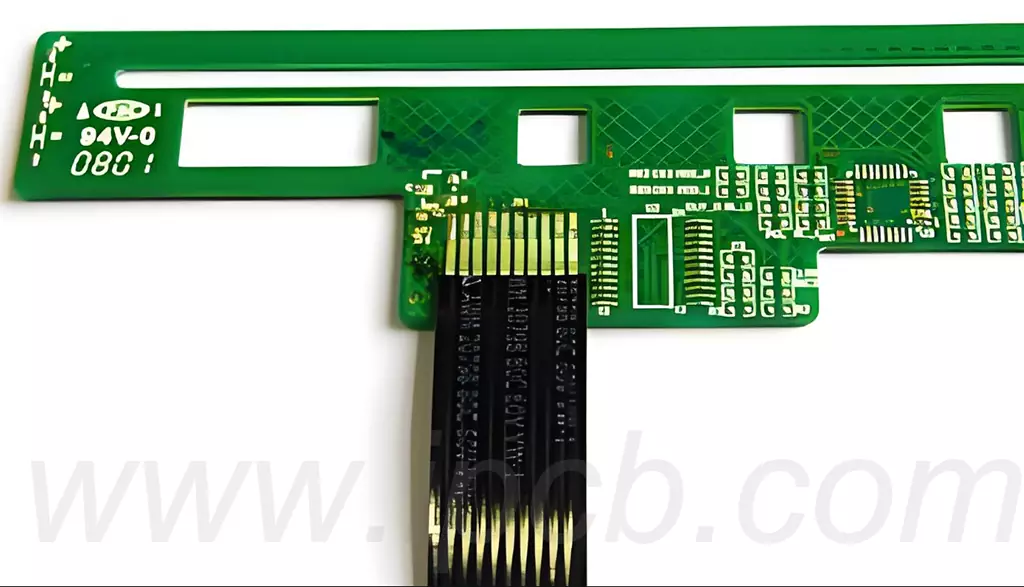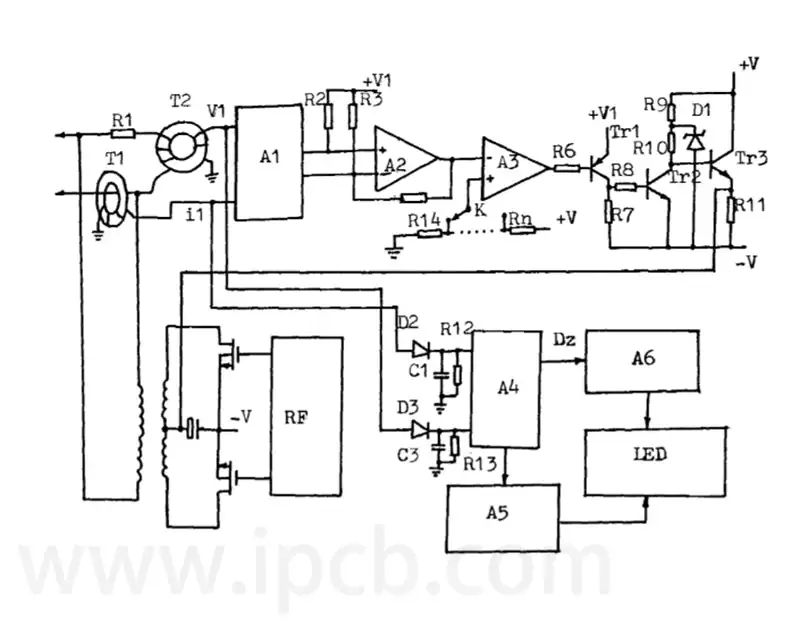Active components are key components in electronic circuits that can be powered from an external source to perform functions such as signal amplification, conversion, and generation. Active high frequency components are usually semiconductor devices such as diodes and transistors that perform active operations such as amplifying, rectifying and converting current. Simply put, active devices are components that require a power source, whereas passive devices do not. Passive devices are mainly used for signal transmission, while active devices are used for signal amplification and conversion.
In high-frequency circuits, the performance parameters of active high frequency components, nonlinear characteristics, stability, as well as the selection and matching network have a significant impact on the overall circuit performance.
Performance parameters of active high frequency components
The performance parameters of active components, such as gain, noise figure (NF) and bandwidth, have a significant impact on the functionality of high frequency circuits. High gain enables effective signal amplification. Low noise figure is essential to minimise signal degradation and maximise system sensitivity. Bandwidth affects the frequency range that the circuit can effectively handle. In low noise amplifiers, these parameters are critical to maintaining the signal quality required in RF applications. Noise figure is a parameter commonly used in RF system design to characterise the noise of RF amplifiers, mixers and other devices. Designers can directly control the noise figure of the entire system by controlling the noise figure and gain of the system components. Once the noise figure is known, the system sensitivity can be easily estimated based on the system bandwidth.
Nonlinear Characteristics of active high frequency components
Active components in high-frequency circuits, such as transistors in the case of large signals, the nonlinear effect becomes significant, affecting circuit performance. The nonlinear response of the RF link directly affects the demodulation error, resulting in poorer BER. Active components operating in a nonlinear state, whose output variables contain new frequency components, do not have superposition and uniformity, and there is no superposition theorem.
Stability of active high frequency components
The stability of active components in high-frequency circuits is critical to the overall circuit performance. When wiring high-frequency circuits, the spacing will affect the size of the distributed capacitance and inductance, which in turn affects the signal loss, the stability of the circuit, and causes signal interference. Active crystal products may stop oscillating at extreme temperatures, and temperature variations within the standard range may cause frequency drift. For the problem of oscillation instability caused by the introduction of negative resistance in the phase-locked loop, the impedance-high-pass filter type active damping control strategy has superior stability enhancement capability. In order to improve stability, lossy devices can be added in the unstable region to solve the stability problem while minimising the impact on RF performance.
Selection and matching network of active high frequency components
In high-frequency PCB design, radiation affects the performance of active components, so component selection needs to consider frequency tolerance, insertion/return loss, input/output impedance levels, phase delay and temperature stability and other key performance indicators. Active components (such as transistors and integrated circuits) play a critical role in amplification and signal processing. Impedance matching is a fundamental issue in signal integrity. Matching networks play a key role in optimising amplifier performance, ensuring maximum power transfer between different components, and impedance matching becomes particularly important in antenna and low noise amplifier (LNA) setups. By matching, signal reflection losses can be minimised, improving the performance and efficiency of the circuit.

Key factors to consider in order to select the right active component to minimise signal attenuation in high frequency circuit design:
Frequency characteristics
When selecting an active high frequency components, ensure that its frequency range matches the operating frequency of the circuit. The component should have a sufficiently high cut-off frequency, fT, and maximum oscillation frequency, fmax, to operate effectively at high frequencies.
Gain
Select active high frequency components with sufficient gain at high frequencies to compensate for signal degradation during transmission. High gain ensures that the signal strength is maintained at an acceptable level, thus improving the overall circuit performance.
Noise Figure
Select active components with a low noise figure (NF) to minimise signal degradation and maximise system sensitivity. A low noise figure is critical to maintaining signal quality, especially in receiver circuits.
Impedance Matching
Ensure that the input and output impedances of the active component are matched to the other components in the circuit. Proper impedance matching minimises signal reflection losses, improves power transfer efficiency and reduces signal attenuation.
Consider the specific application
Select the right type of active component for the application. For example, in a low noise amplifier (LNA), a transistor with low noise and high gain (e.g., GaAs FET or SiGe HBT) is usually selected. In power amplifiers, transistors should be selected that provide sufficient power output and efficiency.
The selection of active high frequency components is critical, need to consider the frequency, gain, noise and impedance matching and other factors. Proper selection ensures excellent circuit performance.



